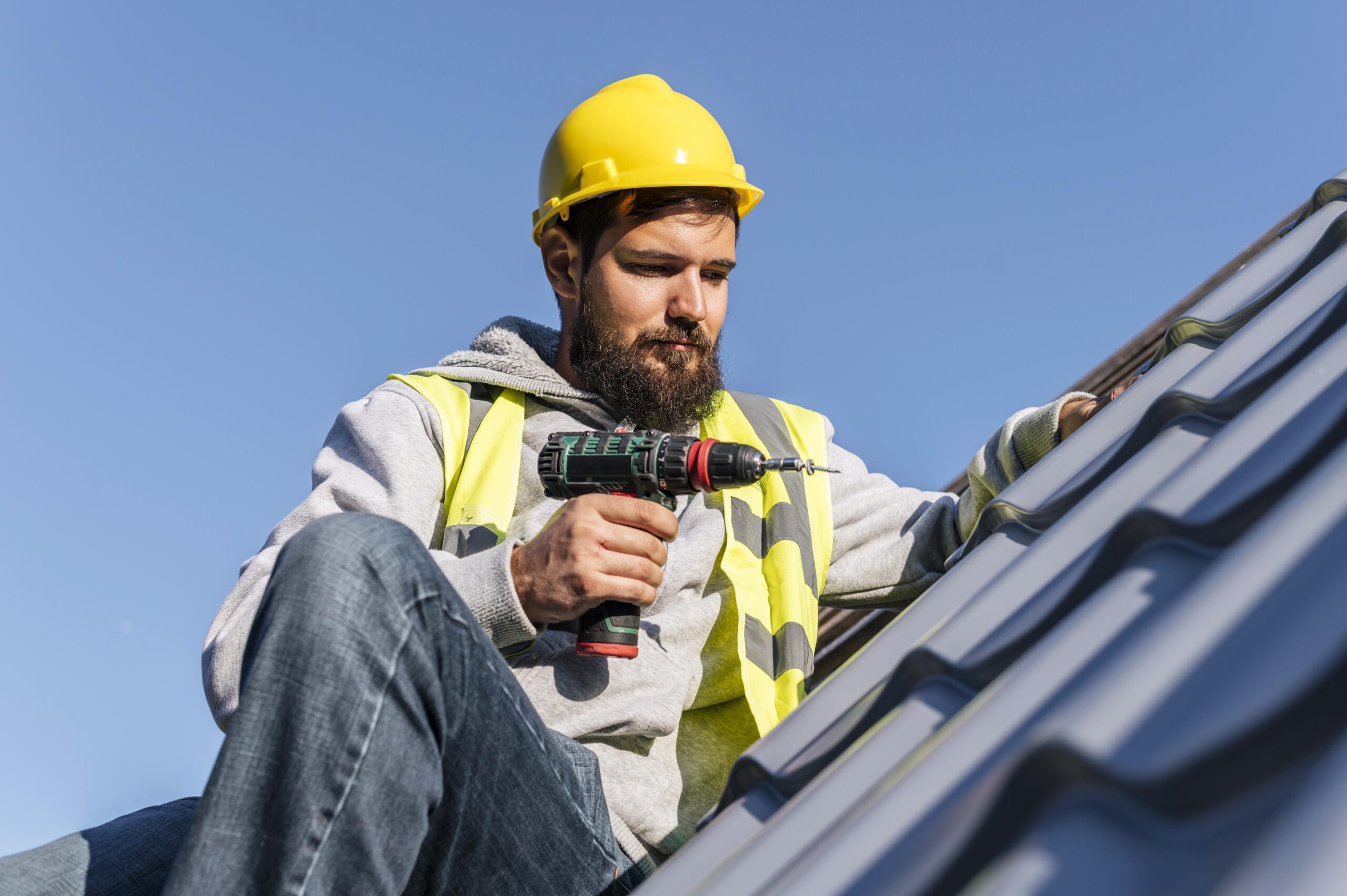Top Signs It’s Time to Replace Your Roof
One of the main components of your home is its roof due to the safety factors it provides to your...

One of the main components of your home is its roof due to the safety factors it provides to your family and protects you from the affecting elements. However, with time, it naturally wears out and deteriorates. Regular roof maintenance and inspections can help extend its lifespan, but eventually, every roof will need to be replaced. The challenge lies in knowing when it’s the right time. Here are the top signs it’s time to replace your roof and assist you in knowing adequately regarding roof replacement in Alphretta.
1. Age of the Roof
One of the primary factors in determining whether your roof needs replacing is its age. Depending upon the materials that are used for building, almost all the roofs consist of a lifespan of around 20 to 30 years. For example, Asphalt shingles usually last between 20 to 25 years, and metal and slate roofs can last up to 50 years or longer. If your roof exceeds the time span it is meant to regulate, it means you now need to replace it. However, if the roof doesn’t show any serious damage, there is a possibility that the materials may have degraded to the point where they can no longer provide adequate protection.
2. Missing, Curling, or Cracked Shingles
Shingles are designed in a way that can protect your home from rain, wind, and other environmental elements. However, over time, shingles may start to deteriorate, leading to gaps, cracks, or missing pieces. Missing shingles are considered to be a serious concern as they leave your roof exposed to the elements and can lead to leaks or further damage.
Curling shingles, where the edges of the shingles begin to turn up, are another sign that your roof is losing its protective integrity. This usually happens when the shingles are past their prime or due to excessive heat, moisture, or poor ventilation. Cracked shingles are often caused by severe weather, and they can also expose your home to potential water damage.
If you notice a significant number of damaged or missing shingles, it’s an indicator that your roof may need replacing rather than just patching up the damaged areas.
3. Leaks and Water Stains Inside the Home
Water stains on your ceiling or walls are a clear sign that your roof is compromised. Leaks may develop due to aging shingles, damaged flashing, or worn-out underlayment, and they can allow water to enter the home. Water stains, particularly in the attic, indicate that the roof is no longer providing a solid barrier.
Even minor leaks, if left unaddressed, can lead to significant damage over time, including mold growth, rot, and structural issues. If you’re noticing leaks or water stains, especially in multiple areas of your home, it may be time to replace the roof entirely.
4. Sagging Roof Deck
A sagging roof is a serious and dangerous sign that the structural integrity of your roof has been compromised. A sagging roof deck may result from accumulated water damage, rotting materials, or the weight of snow and ice. If you notice visible dips or sagging areas, this can indicate severe damage to the roof structure that requires immediate attention.
A sagging roof can also be a sign of poor ventilation or underlying issues such as water infiltration. This is a situation that should be addressed by a roofing professional as soon as possible to avoid further damage or risk to the safety of your home.
5. Granules in the Gutter
If you notice a large number of granules from your asphalt shingles accumulating in your gutters, it’s a sign that the shingles are beginning to break down. Granules serve as a protective layer, shielding the shingles from UV rays and helping to prevent them from cracking and becoming brittle. When these granules start to wear off, the shingles lose their ability to protect the roof from the elements.
Finding granules in the gutters, especially in large amounts, means your roof is aging and may be nearing the end of its lifespan. It’s a good idea to have a professional roofer inspect the roof to determine whether a replacement is necessary.
6. Excessive Moss or Algae Growth
Moss and algae growth on your roof may look picturesque, but they can actually indicate underlying issues. Moss, in particular, can trap moisture against the roof, leading to deterioration of the shingles and potential leaks. Algae, while generally less damaging, can still cause staining and create an environment conducive to the growth of more harmful moss.
If moss or algae growth is widespread or seems to be causing damage to your roof, it’s essential to address it promptly. In some cases, it may indicate that your roof is no longer performing optimally, and a replacement may be the best solution.
7. Visible Sunlight in the Attic
When inspecting your attic, look for visible beams of sunlight coming through the roof. If light is filtering through, it’s a clear sign that your roof has gaps or holes that need repair or replacement. Holes in the roof can lead to leaks and water damage, and they also compromise the overall insulation and energy efficiency of your home.
Additionally, if you notice that the insulation in your attic is damp or shows signs of mold, it may be caused by roofing issues. This can be a more serious problem, and a full roof replacement may be necessary to prevent further damage to your home’s structure.
8. High Energy Bills
Your roof plays an essential role in maintaining the temperature inside your home. If your roof is damaged or not functioning as it should, it can lead to poor insulation, allowing warm or cool air to escape. This can cause your heating and cooling systems to work harder, leading to higher energy bills.
If you’ve noticed a sudden spike in energy costs and you’ve ruled out other potential causes, it may be time to inspect the roof for damage. A damaged roof can have a significant impact on your home’s energy efficiency, and replacing it may help lower your utility bills.
Conclusion
Knowing when to replace your roof is crucial for maintaining the safety, comfort, and value of your home. Regular inspections, attention to warning signs, and proactive maintenance can help you catch roofing issues before they become major problems. If you notice any of the signs mentioned above, it’s time to consult with a roofing professional who can assess the condition of your roof and recommend the best course of action. Replacing your roof may require an upfront investment, but it can provide peace of mind and long-term benefits for your home. If you are still having confusions regarding roof replacement, do check on Enduring Roofing & Gutters for a better understanding.






